
Kunstnerlisten til høstens splitter nye triennale i Bergen er offentliggjort og inneholder et overraskende stort antall kunstnere fra Russland og statene som tidligere tilhørte Sovjetunionen. Kuratorene Ekaterina Degot og David Riff har tatt utgangspunkt i en fantasy-roman der handlingen er lagt til Sovjet på 60-tallet og sammenstiller ukjente deler av denne «sovjetiske erfaringen» med den nærmest utopiske situasjonen de kom over i Bergen, der godt finansiert «kunstnerisk forskning» er et av elementene som gjør at Bergen og Norge kan fremstå som verdens siste sosialistiske land.
Resultatet er en frisk tilnærming til ideen om stedsspesifikke utstillinger. Samtidig som kuratorene kobler seg på aktuelle kunstteoretiske og samfunnsaktuelle temaer som «kunnskapsproduksjon» og «kunstnerisk forskning», understreker de også fiksjonsrommets betydning og potensial i kunsten. Dermed fremstår utstillingen Mandag begynner på lørdag som en vending bort fra den sammensmeltningen av kunst og liv som vi opplever i mange samtidskunstprosjekter, mot et mer autonomt kunstrom der fri assosiasjon og kunstnerisk utfoldelse får prioritet. Intervjuet publiseres på originalspråket.
Since the 90s, we have experienced a turn away from the fictional space of the white cube towards exhibition structures striving for more direct dialogue with political and social structures in society. Where would you position this first edition of Bergen Assembly?

White cubes and politically engaged exhibitions are both as real and as fictitious as any superstructure; both can be very useful, but also harmful if taken to extremes. They represent two modes of art production often falsely opposed to each another, but where there is a unity and even an identity of opposites. The paradigm of research in art crosses these borders, and could even look like a synthesis, or an alternative to feeling aesthetically and politically trapped or ineffectual in either practice. You need to explore root causes and underlying complexities in order to confront or solve contradictions. Only an intensified, qualitative understanding of the particular phenomena that lie at the root of these political and social structures you mention can bring real change. Research can be a shelter for avoiding blind activism’s idiot wind. But it may also be a time trap, a generator of complacency and skewed, wrong-headed experimentation with drastic results, as the Strugatsky Brothers seem to suggest throughout the novel Monday begins on Saturday, that we have chosen to work with in this exhibition.
Could you elaborate on that? Why do you consider a Soviet sci-fi novel a relevant point of departure in the context of Bergen today?
Bergen Assembly positions itself as an initiative for art and research, and we have chosen to interpret that self-understanding. Rather than a point of departure, the novel is an aesthetic device for taking a sidelong glance or an oblique look at the situation of so-called “research-based art”. “Research-based art” is a very fashionable term in art schools and institutions today; also here in Bergen. And as we were getting to know the city, this Soviet novel about research, replete with mad scientists, bureaucrats and fairytale beings, came to mind. What we saw here was a highly developed institutional infrastructure with public funding and resources for long-term artistic research. And although it is obviously an illusion, it seemed to us to confirm Norway as the world’s last socialist country. This is what we associated with the Soviet novel: Bergen as a strange and utopian place, yet somewhere magical and even uncanny, and in no way a safe haven or paradise on earth.
It seems as if you want to explore the status and potential of art in the “knowledge society”, at the same time as you want to expose the mechanisms for the production and framing of knowledge in general. Why do you find this important?

With the advent of a post-Fordist economy, the production and framing of knowledge is commoditized and fetishized in unprecedented ways. Research – supposedly the one place where knowledge production becomes autonomous – takes on similar fictional traits, like the white cube you mentioned before. At its worst, research is an image-maker for soft capitalism. The worst decisions are “well-researched”, meaning that there is a pretence of responsibility, but also of safe, secure prognostication and so on. Every byte of information is a potential commodity in a world of universal surveillance. Yet at the same time there are so many pores in the system, so many loopholes, and so many quiet corners. And they offer a real but fragile autonomy. Here, research can be a zone for imaginative-militant investigations, a world of precarious independent researchers, surviving on tiny handouts from pseudo-enlightened states and corporations. Such intellectual freelancers are engaged in their own subversive and even revolutionary projects, all of them very fragile, because the image of research is always subject to appropriation. Artists are working with this image-politics, subverting it constantly.
You share your title with the previously-mentioned novel, Monday begins on Saturday, a novel dealing with “a fictitious research institute staffed by a motley assemblage of fairytale beings and mad scientists who are trying to solve the problem of human happiness through magic”, according to your press release. Why did you choose to use humour when exploring the idea of “artistic research”?
Well, it can only be a joke to say that contemporary artists are magicians, if you know the tricks of the trade. Humour is not a choice. You keep joking, even in dire straits. That’s maybe one of the main products of 20th-century socialism; humour – a humour that has been dying out, but whose traces we can find in some areas of life, some islands that somehow still follow socialist logics. Contemporary art can be imagined as such a place. Certain things are still funny there that are no longer funny elsewhere, because this is an island of monetarized socialism and entrepreneurial anarchism with NGO aims within a larger corporatist-neoliberal globality. One could go so far as to say that contemporary art is a place where one could imagine an afterlife of dialectical materialism reborn as a fröhlich Wissenschaft, a gay science in the Nietzschean sense; but in today’s world such a jolly cultural Marxist monastery would be a gated community, and the laughter there would be more than a little hollow. And that is because it’s an island maintained to prove that all is still well and that there is a space of reflection in a world of information overload and political incapacity. Things can’t be too bad if there’s a haven for researchers. In that sense, artists are magicians and fairytale beings who can magically boost the real estate prices, Richard-Florida style.
You have both lived and worked in Russia for several years, and you have also selected many artists from Russia for this forthcoming show. How does this affect the ways in which you conceive of and think about art?

Many of our artists come from former Soviet regions or from other parts of the former socialist world, but it’s hard to call many of us Russians. And that is not just because of complicated ethnicity issues, but because our main frame of reference is Soviet. We live and work in the former Soviet Union, and have a long engagement with Soviet rather than with Russian art. We think the Soviet experience is largely misunderstood. Even in neighbouring Norway, people think 20th-century socialism produced only Gulags, Kalashnikovs and an unbridled thirst for catching up with consumption, when actually it produced a sound ethic, a subtle humour, a deep dialectical sensibility to many things, art included. In art, we could talk about a heightened sensibility to the medium itself; that is, the medium as language, as readable literature with a deep meaning. We could also talk about a scepticism towards Modernism and a sensitivity to its inner crisis, an anti-formalism pitted against the pointlessness of overly formalized artistic production, and an alternate vision of the future, now disappearing as archaeology, and rebuilt as an authoritarian fake. For a long time we have been collaborating very closely with artists like Dmitry Gutov, Olga Chernysheva or Yuri Leidermann, who share such sensibilities. The Soviet Union has been displaced by post-Soviet Russia, a zone of intensified contradictions where all the ailments of Western society go pandemic. Often described as a place catching up with development, it’s actually the forefront of intensified, highly contradictory development, from boom to bust and back, full of futile struggles which obviously influence the perspectives of artists living there.
What, more specifically, do you think artists from the former Soviet Union will bring to the Norwegian context?
We think that they can bring a sensibility to Norway that resonates with the experience of Scandinavian social democracy, but one subject to a very radical and very different privatization process currently going into a new phase of overdrive. By the way, there will be projects included that show how far this ambivalence between radical past and radical future is not a local or national trait, but a global characteristic of a larger post-communist condition whose effects can be found in China and Angola, not to mention Germany or Israel…
You are including many historical works in this exhibition, following a recent trend within large-scale exhibitions. Why do you think this is also relevant here?
Dead artists are easier to work with – and seriously, we never include historical work to follow a trend or for the sake of including history, but to reveal something and to make a point. One such point might be made by showing the photos of pines that avant-garde icon Alexander Rodchenko took on a trip to Karelia in the 1930s, to show the underlying violence at work in the Soviet research institutes, many of them privileged parts of the Gulag system before the end of World War Two. Another point would be to show how intense research arises in artistic practice as a valuable alternative to the widespread formalist interpretations of “Eastern art” versus “Western art”, realism versus abstraction and on. Thus, figures like Polish avant-garde artist Wladyslav Strzeminski, East German communist dissident Lettrist Carlfriedrich Claus or conceptual artist Anna Oppermann offer up visionary theories of reflection often ignored and put into a box by the mainstream. But we also are interested in the various cinematic modes of research narration, especially as they arose in socialist-influenced Third Cinema, or in the sci-fi genre, and how their special effects were appropriated by Hollywood once the ideological censorship had been implemented.

Many of the artists selected for your exhibition seem to be particularly interested in staged situations communicating clear political statements (Chto Delat?, Lars Cuzner & Mohammed Fadlabi, Ane Hjort Guttu among a few). How will you guide each artist in his or her process of production?
Staging is indeed a common denominator in many works, reflecting a common interest in narrative time-based media and performative art outside or beyond theatre, recaptured by film that is not, no longer, or not yet cinema. It shows that artists today understand research as an increasingly performative method, an acting-out on the abandoned stage of a post-cinematic medium, usually resulting in video documentation or a staged performance. Political clarity can certainly be established in such works, but it can also be drastically questioned, revealing the construction, not so much of any political utterance, but of that particular utterance. We did not guide anything, we addressed artists with parallel methods and common concerns, but also in cases where the outcomes of the staging are very different.
The choice of the theme for the triennial as well as the selection of venues has great appeal for the art crowd. How do you plan to balance relevance to an international art public with relevance to the local public in this first edition of the Bergen Assembly?
We hope that the Bergen visitors will enjoy what promises to be a dense yet readable show, a bit like the novel we are trying to “rewrite”. There will be around 45 participants and around 30 newly commissioned works. This is far smaller than the average biennial and, we hope, allows for a more concentrated narrative. We hope that the parcour will be readable in the course of a day, with more time required to watch longer movies in full. Bergen’s art public is pretty dedicated, and we are trying to be accessible; you pay once, but visit as many times as you like. That is another parallel we would like to see with a novel like the Strugatskys’ book: something you visit and revisit, assembling the full picture by and by, rather than putting it together on one tight assembly line.
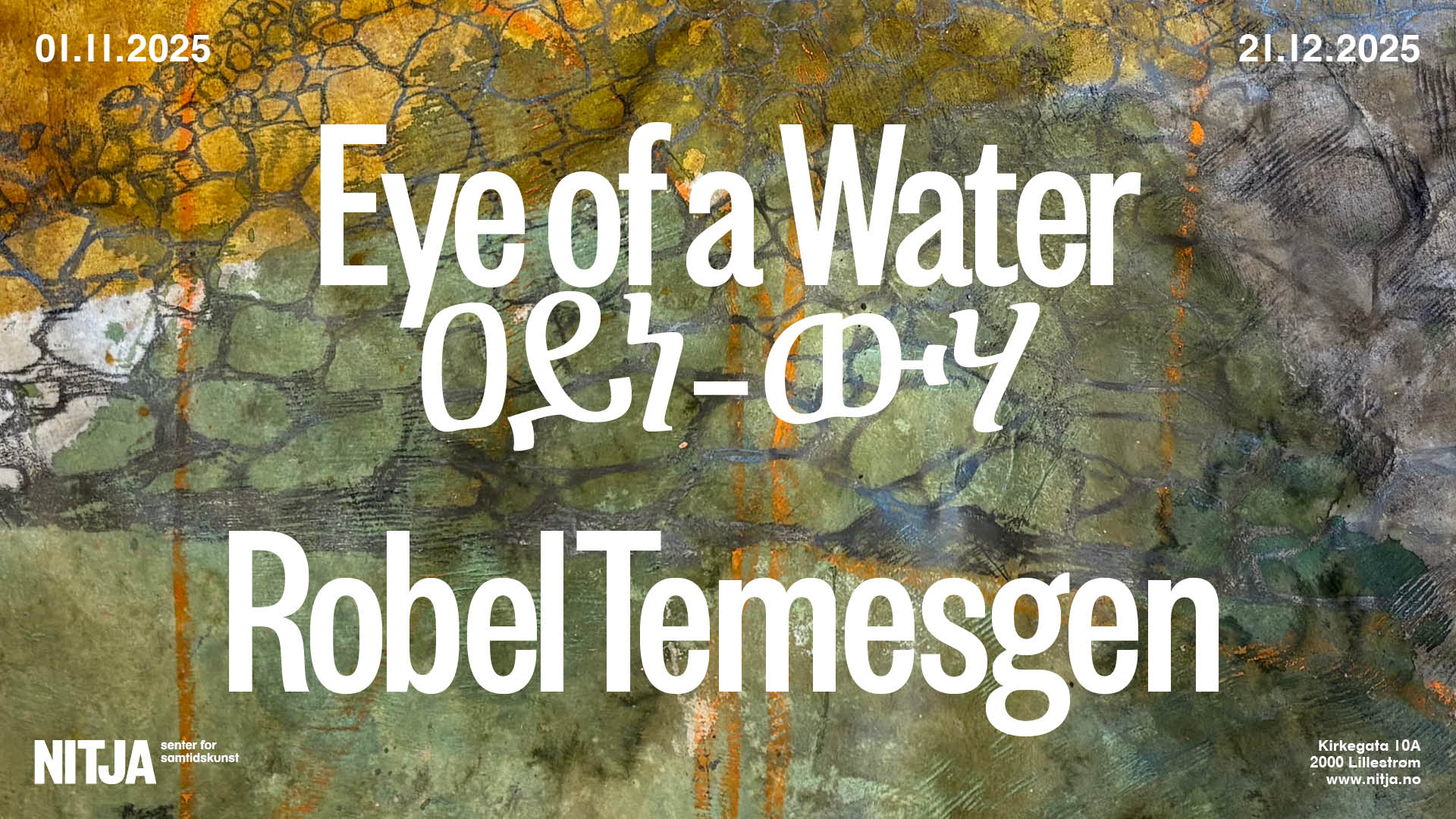
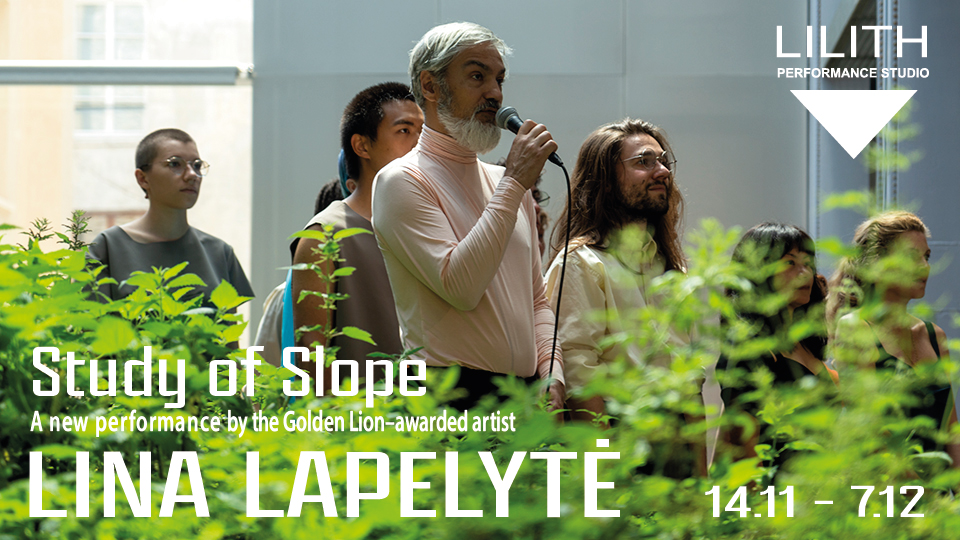

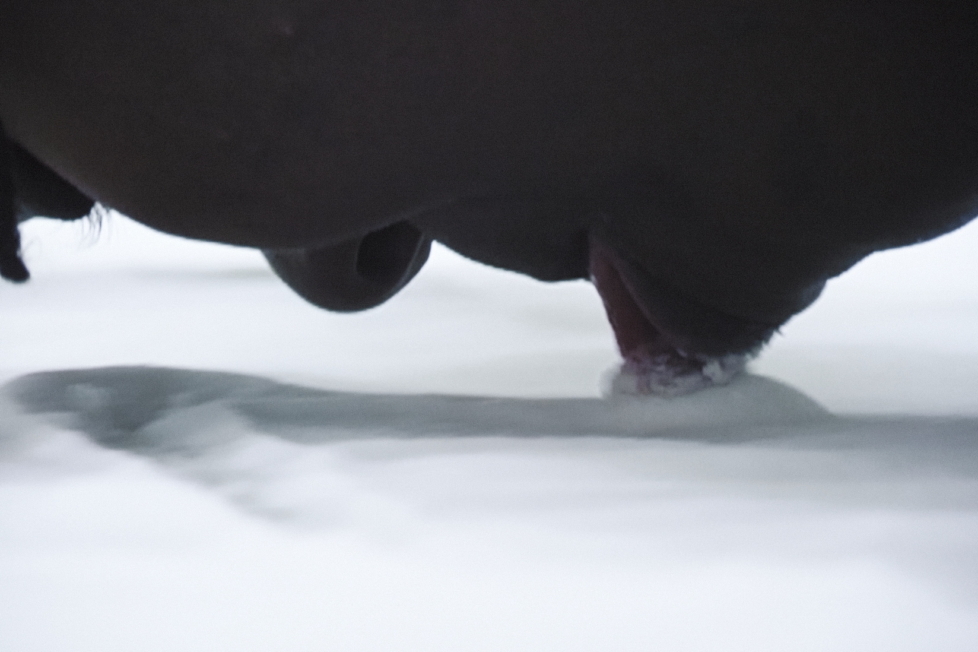
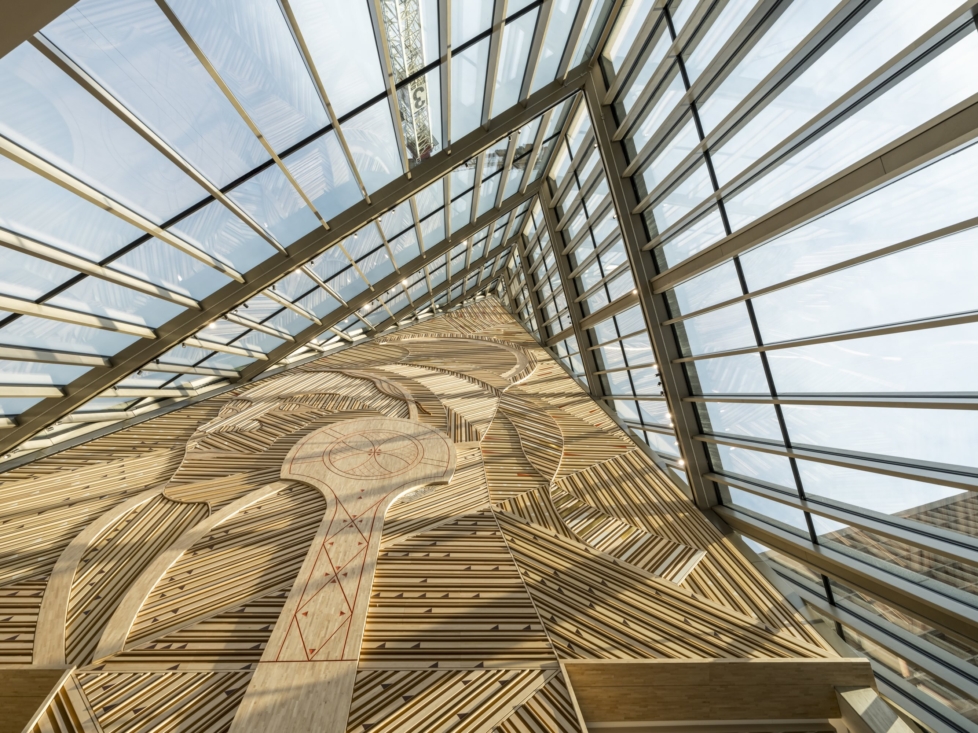
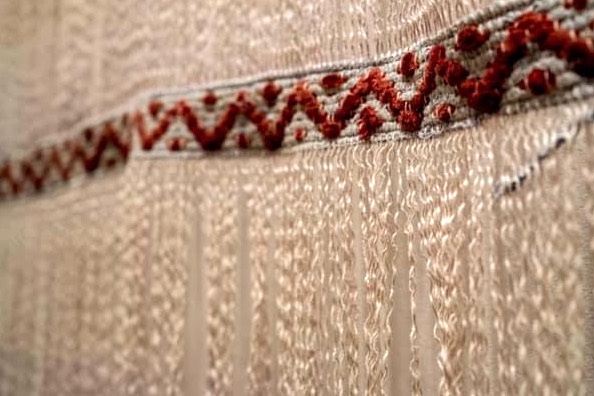
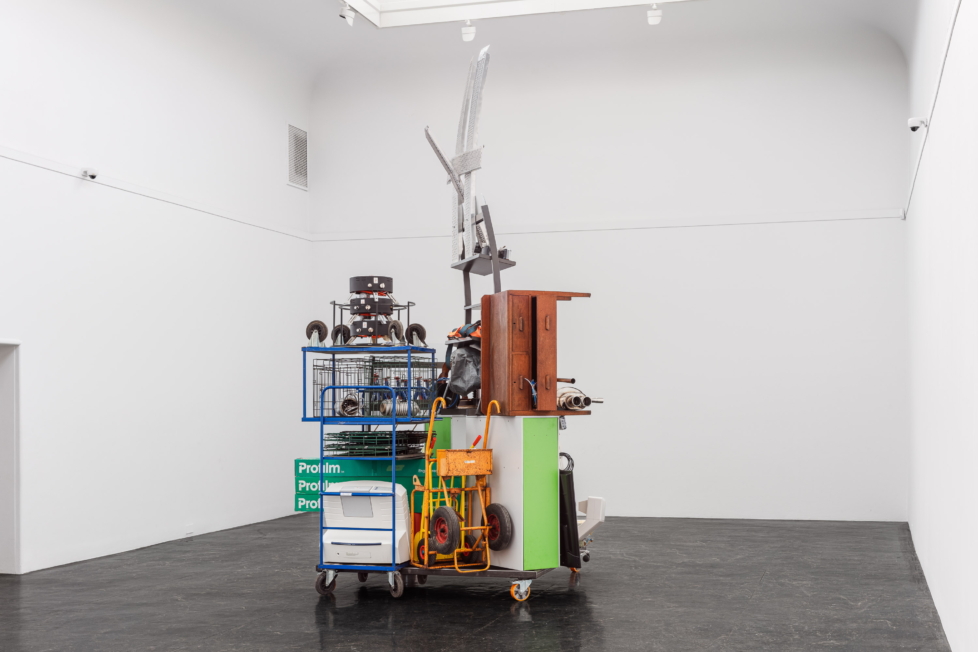
Diskussion